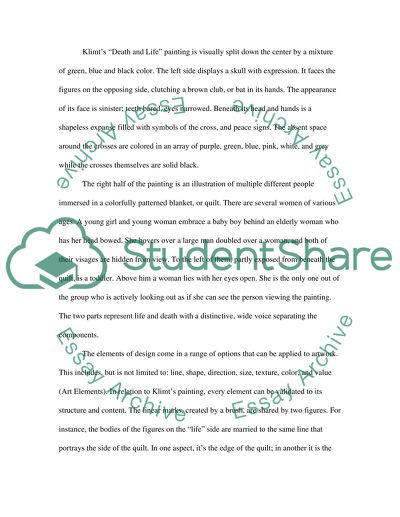Cite this document
(“A critique of Gustav Klimts Death and Life Painting Personal Statement”, n.d.)
Retrieved from https://studentshare.org/visual-arts-film-studies/1414286-a-critique-of-gustav-klimts-death-and-life-painting
Retrieved from https://studentshare.org/visual-arts-film-studies/1414286-a-critique-of-gustav-klimts-death-and-life-painting
(A Critique of Gustav Klimts Death and Life Painting Personal Statement)
https://studentshare.org/visual-arts-film-studies/1414286-a-critique-of-gustav-klimts-death-and-life-painting.
https://studentshare.org/visual-arts-film-studies/1414286-a-critique-of-gustav-klimts-death-and-life-painting.
“A Critique of Gustav Klimts Death and Life Painting Personal Statement”, n.d. https://studentshare.org/visual-arts-film-studies/1414286-a-critique-of-gustav-klimts-death-and-life-painting.


